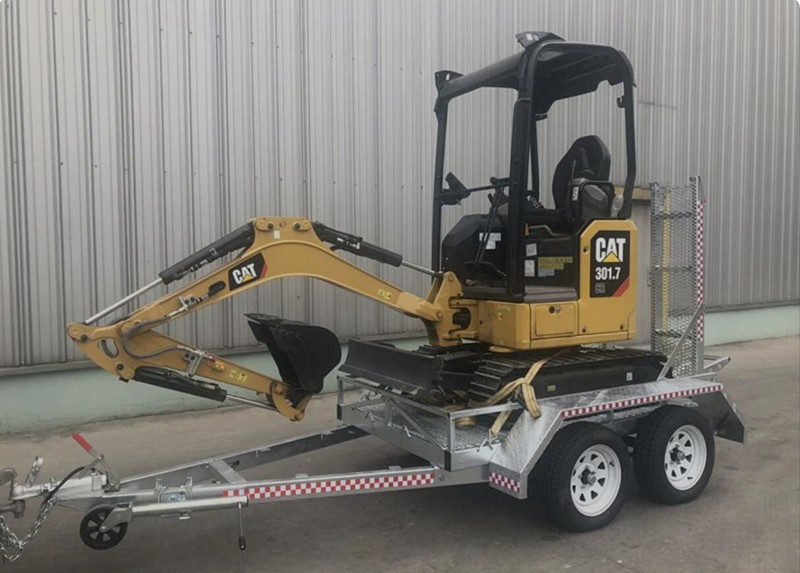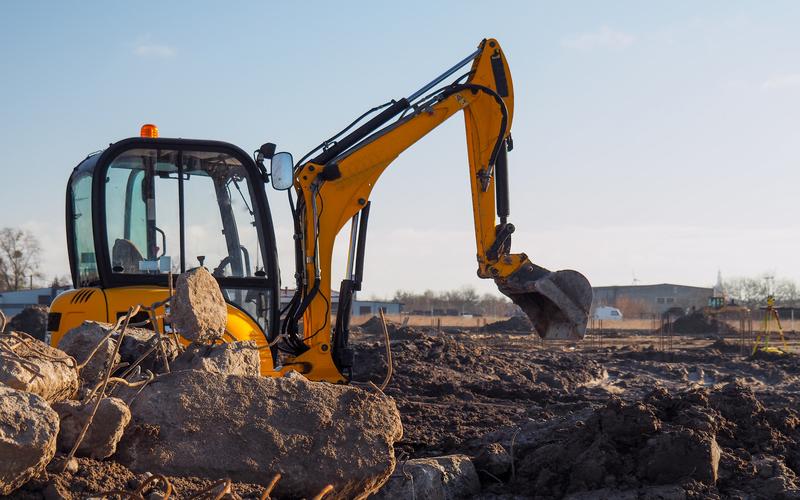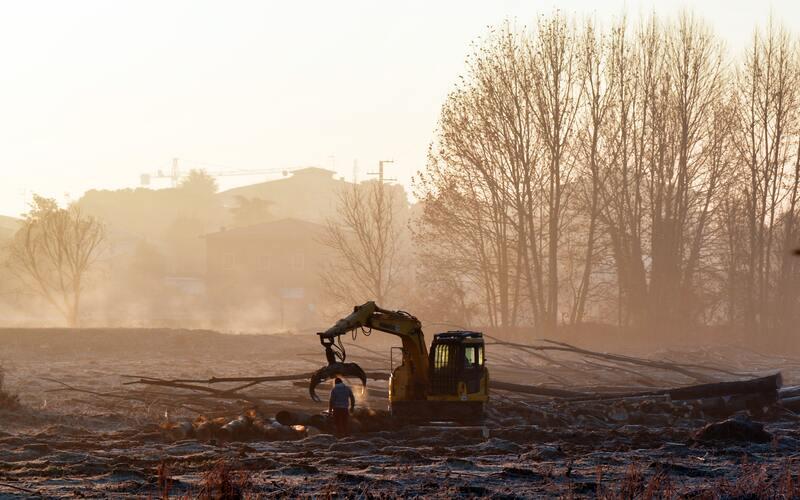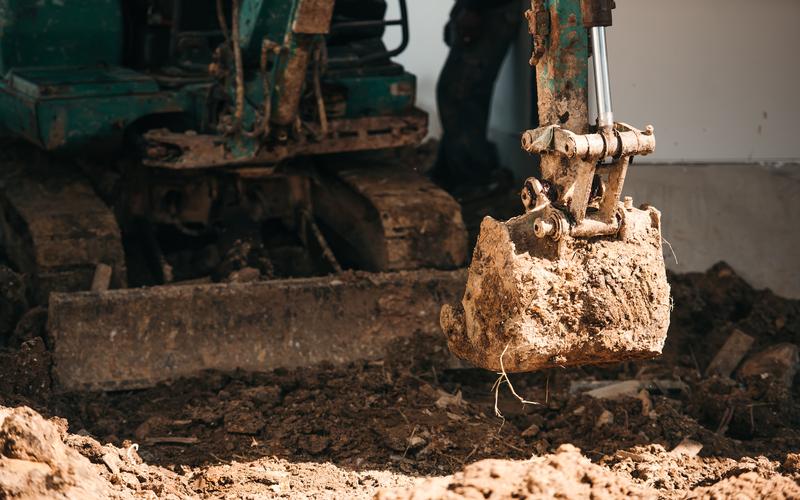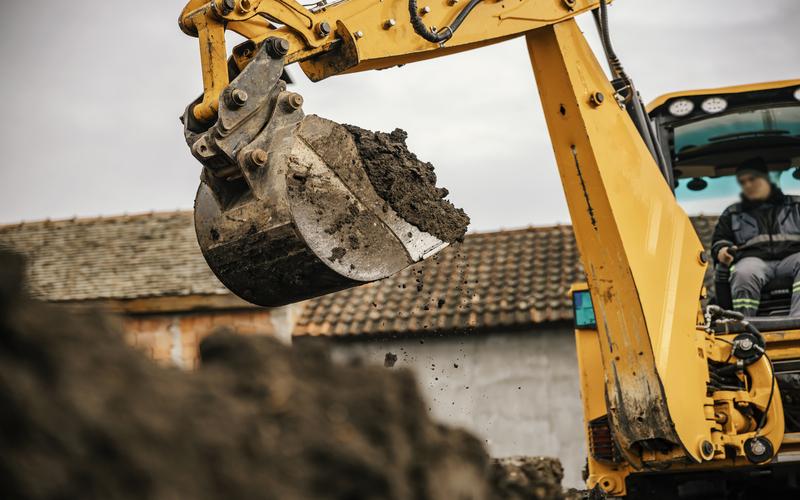If you plan on using a mini excavator for your upcoming project, you must consider how you will transport the equipment to the job site. Fortunately, trailers are there to save your day.
Mini excavator trailers help transport machines from one place to another while ensuring their safety. Using the proper devices can also ensure the safety of your towing vehicles and prevent unnecessary accidents in the workplace.
To give you a better idea, let’s discuss the most frequently asked questions for mini excavator trailers.
Why Do You Need A Mini Excavator Trailer?
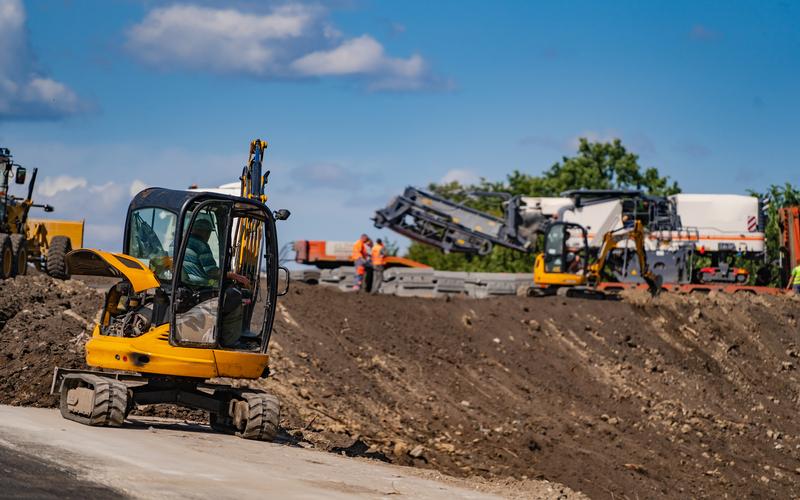
Mini excavator trailer use
Whether renting or just recently purchasing a new mini excavator, you will need a safe way to transport the machine to the job site. In that case, you must get yourself a reliable towing vehicle, such as a trailer specifically made for the equipment.
Although you can haul mini excavators in regular trucks, unstable support and bumpy roads can damage the machine. You can ensure a much safer transport with a mini excavator trailer because it has the necessary features to keep your equipment safe on the way to the site.
What Size Of Trailer Do I Need For A Mini Excavator?
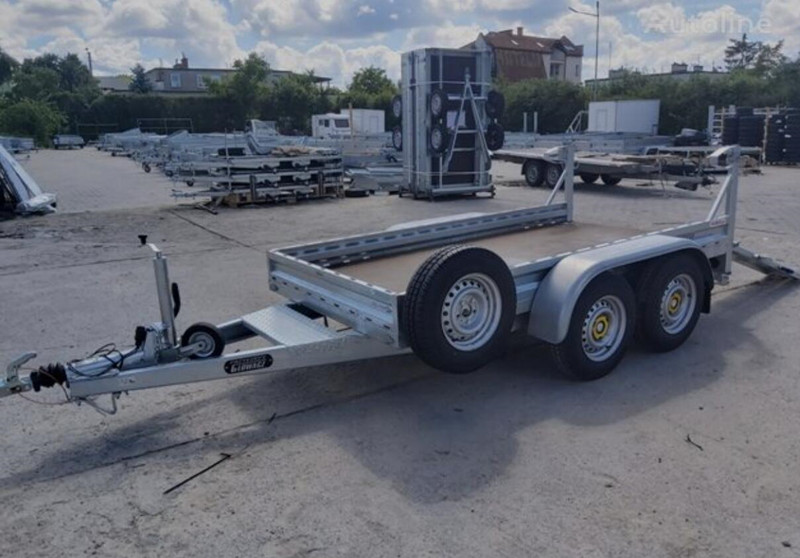
Mini excavator trailer size
Mini excavators can be transported on a 10,000 lbs trailer. However, larger equipment would require around 20,000 to 30,000 lb trailers to be safe. You must consider the weight of the added attachments and load when transporting a machine.
You should allow extra weight capacity to your trailer and not match it to the mini excavator as much as possible. This way, you will have enough to handle the additional weight and have sturdier support despite uneven roads. You can also refer to its manual regarding the identification plan on how to perform a safety haul.
Remember that all states and local municipalities have specific regulations on the gross vehicle weight rating. The load ratings also vary in each state, so it would be best to check them first when considering a load’s weight, length, and width before transporting them. There are also some approvals and permits that you might need to get for oversize loads.
What Is A Good Mini Excavator Trailer?
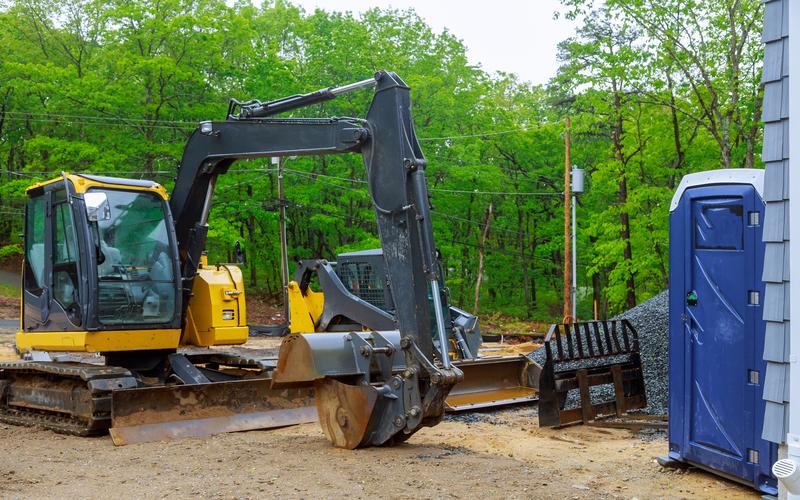
Good mini excavator trailer
Looking for a perfect mini excavator trailer? These are some of the factors you need to consider:
Suitable carrying capacity
When you’re looking through mini excavator trailers that you can purchase, you must get one with a capacity greater than your current mini excavator. Do not get the one with the same weight as your machine, so there will be allowances on its capacity.
Extra capacity ensures that the trailer will be strong enough to carry your mini excavator despite added weight from attachments, road travel stresses, and other strains.
Brand-new
Trailers often go through various stresses from handling machines like mini excavators, so it would be best to get yourself a brand-new one. Older trailers may still work well with heavy workloads, but you won’t guarantee their condition in the long run.
If you often transport your mini excavator between sites, invest in a brand-new trailer.
Great wheels
You should choose a mini excavator trailer with good four wheels so it will be efficient in supporting the trailer’s tail. Good wheels will provide balance while transporting the equipment and help improve managing the load of the mini excavator.
Solid carry frame
It’s up to you which material you prefer on a mini excavator trailer, but you should ensure its frame is sturdy enough. The trailer should have a solid plate base supporting your mini excavator. In this way, your machine will remain steady despite passing through unlevel roads.
Things To Consider Before Choosing A Mini Excavator Trailer
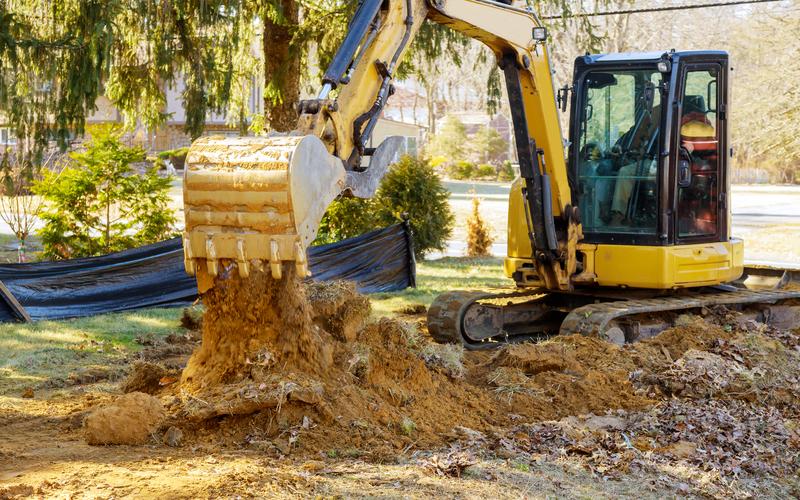
Mini excavator trailer considerations
Although a mini excavator trailer mainly plays a role in transporting the machine, you still have to ensure that you are considering several factors, so you won’t end up damaging your equipment.
Heavy loads and drift on standard trailers can trigger issues on the road and affect the performance of towing vehicles. Wide drifting movement and slow responses can often result in road trouble.
When choosing a good trailer, you must consider how it responds to the towing vehicle’s movement. Less drifting means that your travel can be much safer, and it reduces the risk of road accidents.
Usually, performance issues can damage your vehicle. It can strain your brakes, steering, and suspension, resulting in costly maintenance.
Choosing a good trailer for your mini excavator is not only for convenience and efficiency but also for the safety of your car and other people on the road.
How To Properly Load A Mini Excavator Trailer
After carefully selecting the right mini excavator trailer for you, it’s now time to know how to load it properly. Before doing anything, check out its Operations and Maintenance Manual to be safe.
These are the basic procedures that you can follow:
- Ensure that the trailer is parked on level ground.
- Secure the brakes and block the wheels to prevent unnecessary movements.
- Use ramps with the proper length and width so they can fully support the weight of the equipment.
- Use metal loading ramps that have a slip-resistant surface.
You should also disengage the auto idle feature and put the two-speed travel into the low-range position. Once you’re done with that, here is additional information that you should include in your checklist:
#1: Secure the trailer before transporting
The lower part of your mini excavator bucket or any other attachment should be lowered to the trailer’s floor. You should stop the engine and ensure all doors and covers are locked before transporting the equipment.
All components should be placed in the front or back of each track to prevent shifting or rolling during transport. As mentioned in the Operation and Maintenance Manual, you can also install tie-downs in the front and rear positions.
Most trailer manufacturers suggest that you should have at least four (4) tie-down positions if you want to prevent any movement. Some trailers have chain slots and built-in straps that allow you to connect your excavator easily to the trailer. However, experts still recommend using the connection points to minimize potential damages.
Before you proceed with the transport, be sure to inspect all of the tie-down equipment first. The pins and connection points should be in the right place. If there are any cracks or fatigued links, it’s best that you remove the tie-down equipment.
#2: Keep track of the attachments
Ensure that the attachments you use with the mini excavator are safe before transporting them. You can secure them in the trailer using chain straps. Buckets and other attachments should be placed in transport devices, especially if transporting smaller excavators.
If your mini excavator uses hydraulic attachments, ensure the hoses are placed in an orientation that does not interfere with the machine. They can go underneath the excavator or be connected in a way that can be disengaged later on.


